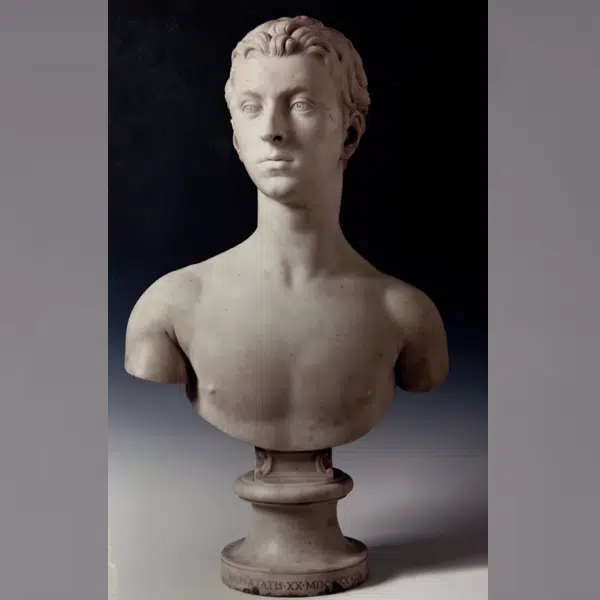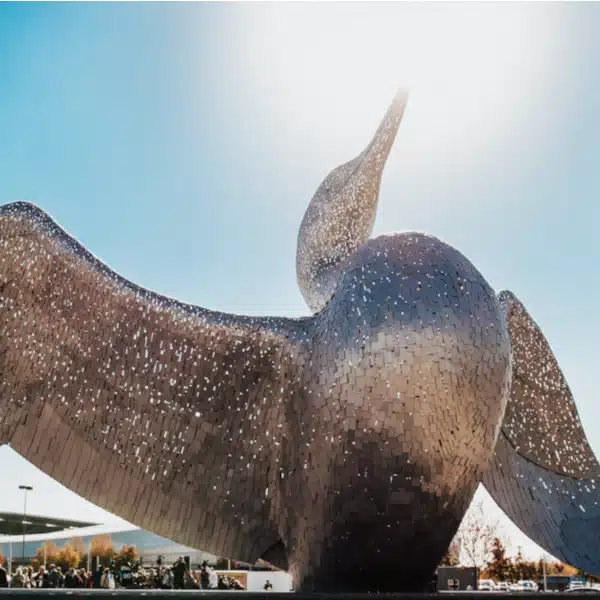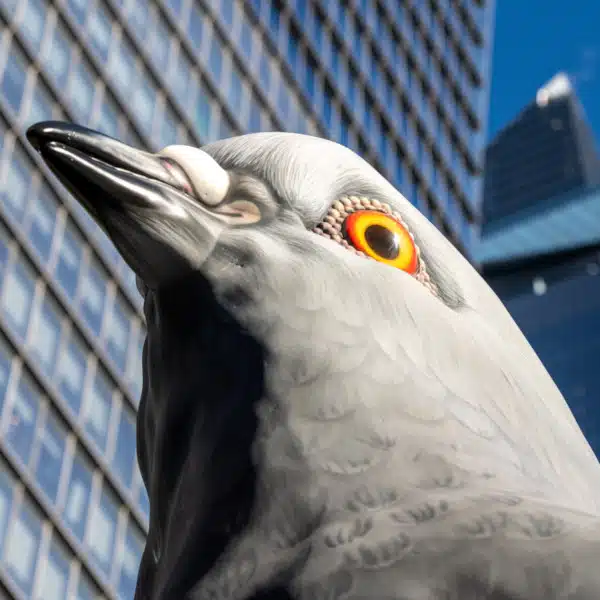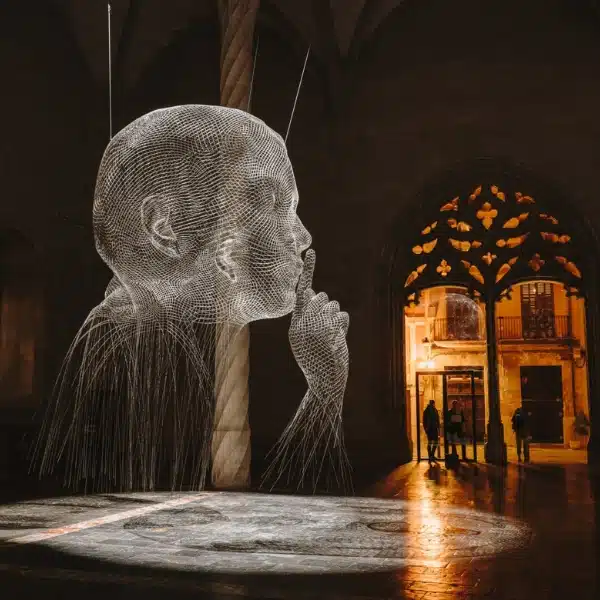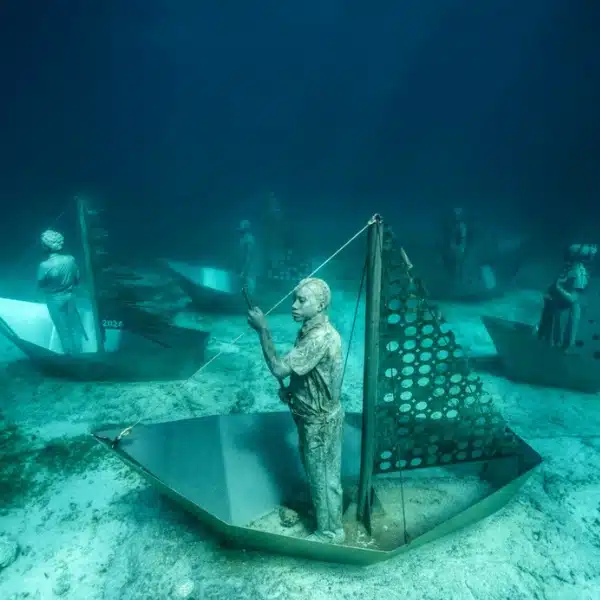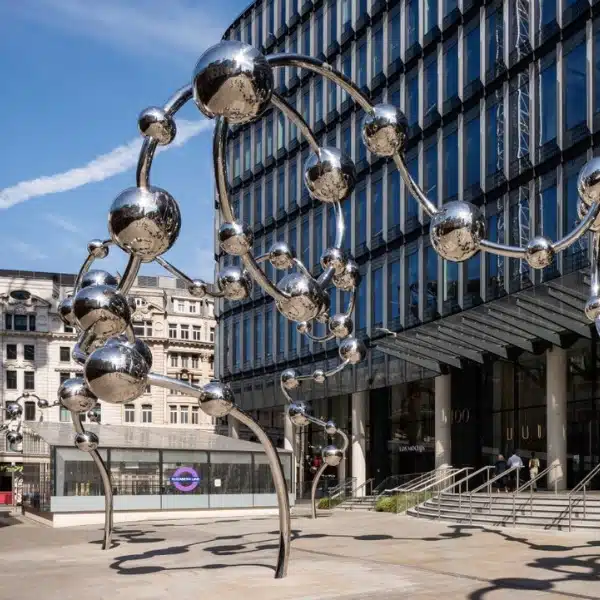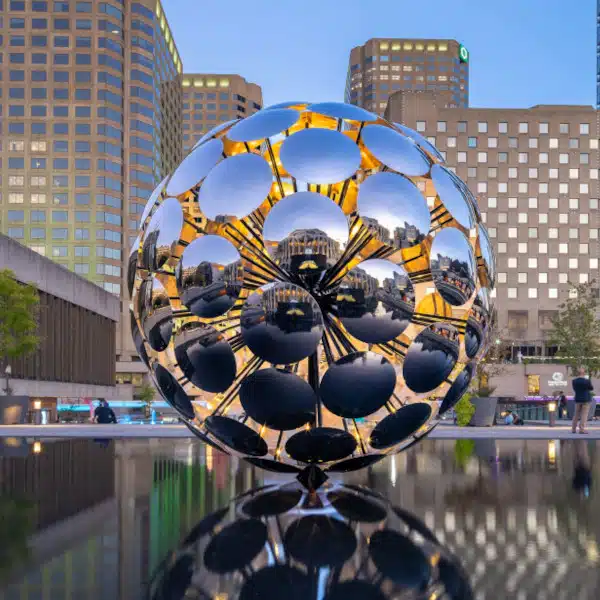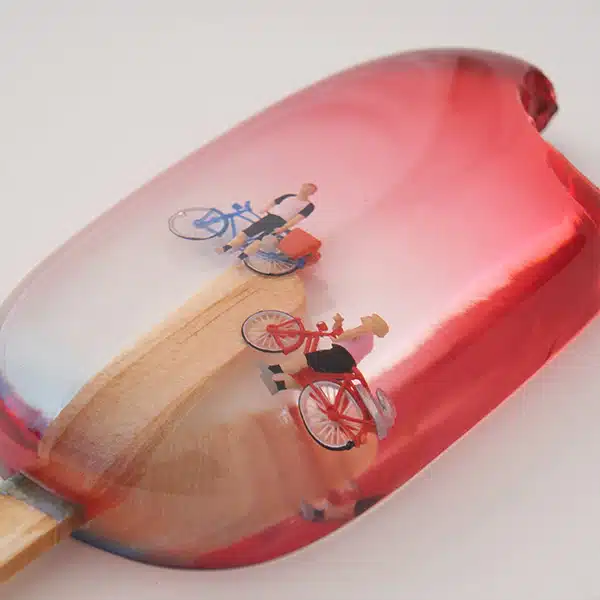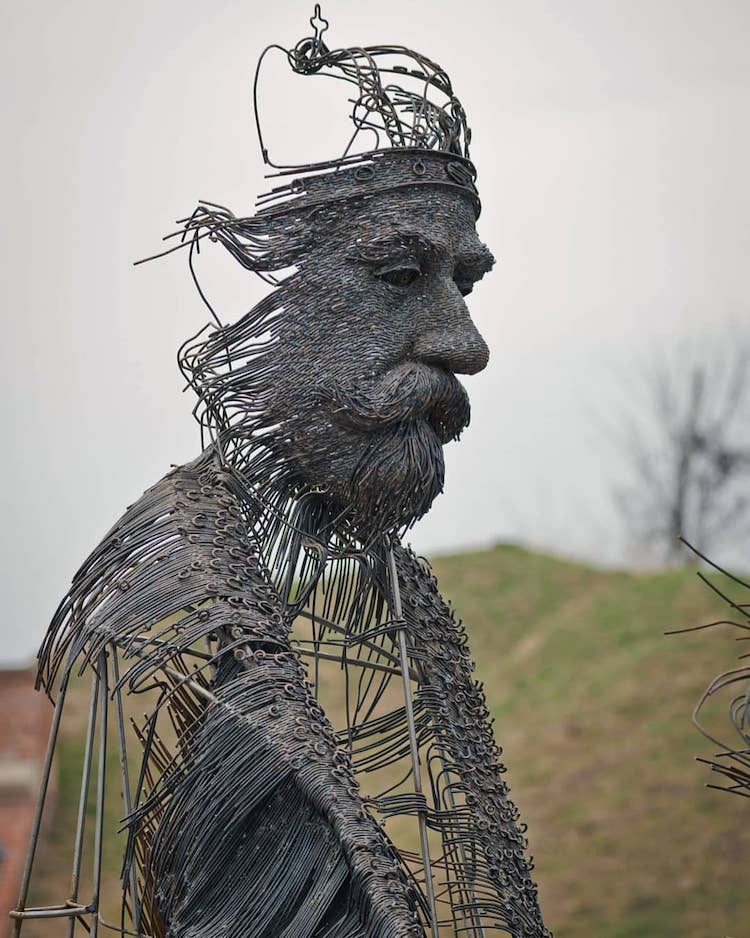
Ferdinand I, detail. (Photo: Christian Bota)
Using iron, stainless steel, brass, and copper wires to bring the past to life, Romanian sculptor Darius Hulea masterfully mixes contemporary and classical. These industrial materials assist Hulea as he “sketches” in three dimensions, carefully molding the metals into recognizable portraits. Through his work, the great intellectuals and artists of history take on new meaning.
Hulea was perhaps first pushed into sculpture through his exposure to the folk crafts found in his village during his youth. Both his grandmother and great grandmother wove traditional geometric fabrics still used today. His grandfather, on the other hand, worked with agricultural tools, giving Hulea early insight into the power of industrial materials. This translated into a switch from painting to sculpture, where Hulea could combine his interests.
Though contemporary in material and execution, Hulea's work is grounded in the principals of classical drawing. The skilled sculptor uses wires of differing widths to translate the quick pencil strokes of a sketch. Rather than viewing these fragmented lines on paper, they're placed in three dimensions to create the look and feel Hulea is after.
“I discovered during my second year of college that the great artists of modern history used the principle of drawing in space or drawing the space through different metallic structures,” the sculptor shares with My Modern Met. “Some, like Picasso, used recycled materials or, like Calder or David Smith, industrial materials. That moment was the turning point of the sculptures that I am doing now. For me, this type of drawing is what we find in the sketches of the great artists of the Renaissance like Michelangelo and Da Vinci—serious and realistic compositions that anyone can understand.”
By working in metal, Hulea finds artistic freedom. His fine lines can create shading, while thicker wires can produce bold contours. As a material without limitations, he's free to execute his “drawings” while bringing part of the past to a new audience.
“I hope that people will understand that I do nothing but draw in a new way, in a durable material of the past,” Hulea shares. “I can then explore and research, as an artist, mythical, Renaissance, and modern thinking by finding three-dimensional examples that describe us now in a history of the past.”
Darius Hulea uses metal wires to create modern portraits of historical figures.
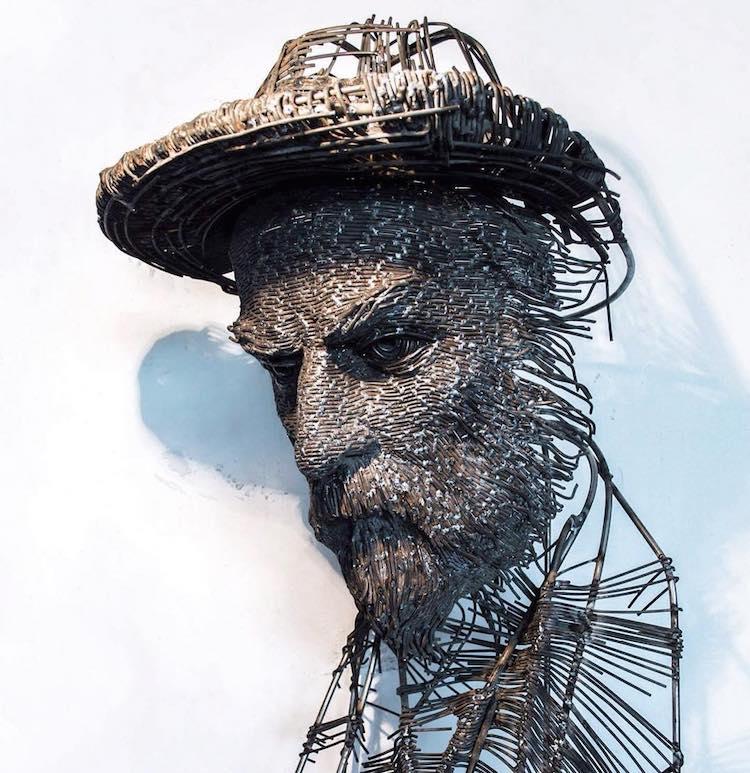
George Coșbuc, Romanian poet.
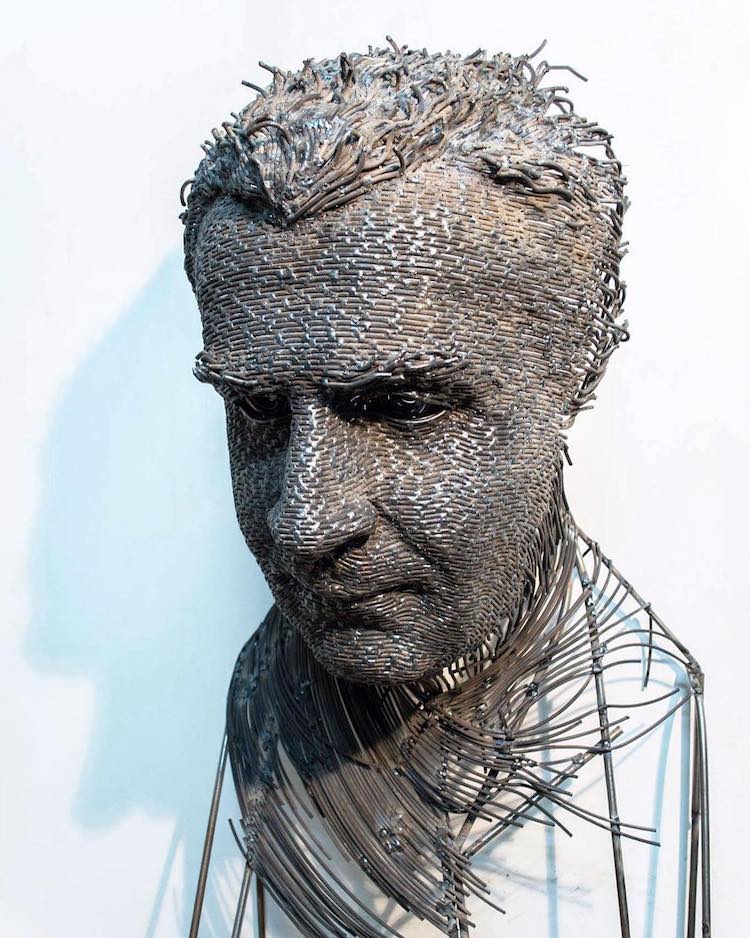
Lucian Blaga, the poet.
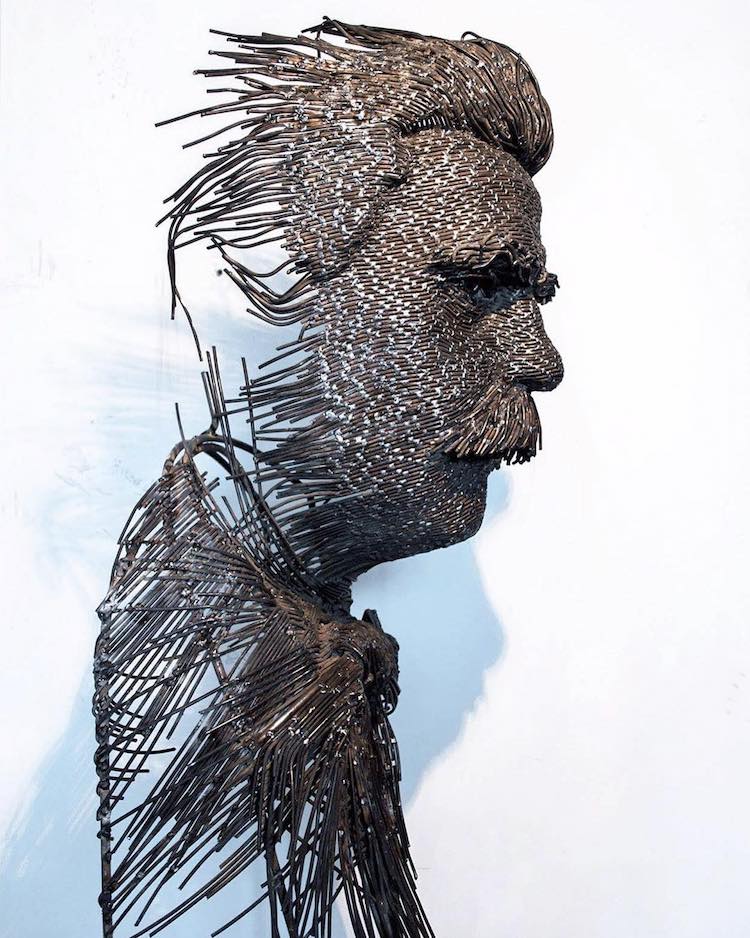
Frederic Storck, the sculptor.
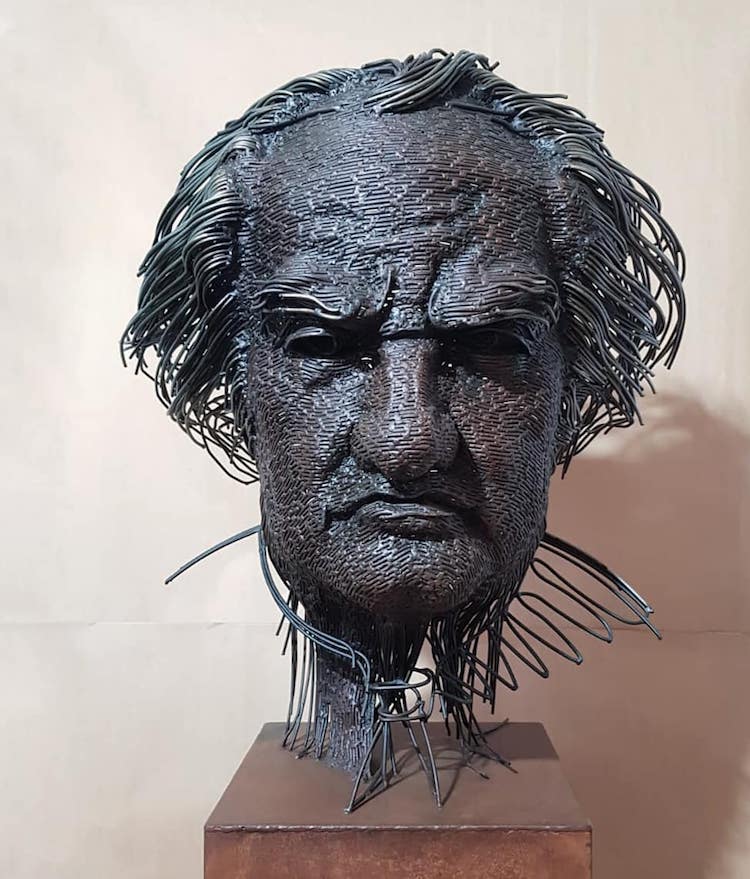
Ion Dezideriu Sîrbu, philosopher.
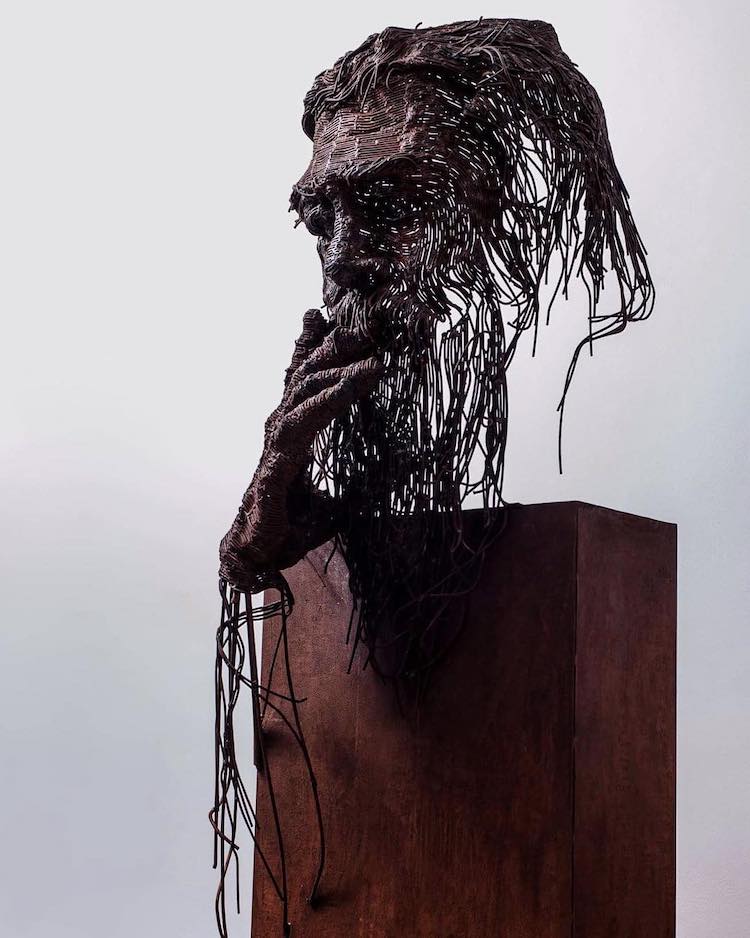
Grigore Bradea, sculptor. (Photo: Mihai Andrei Popa)
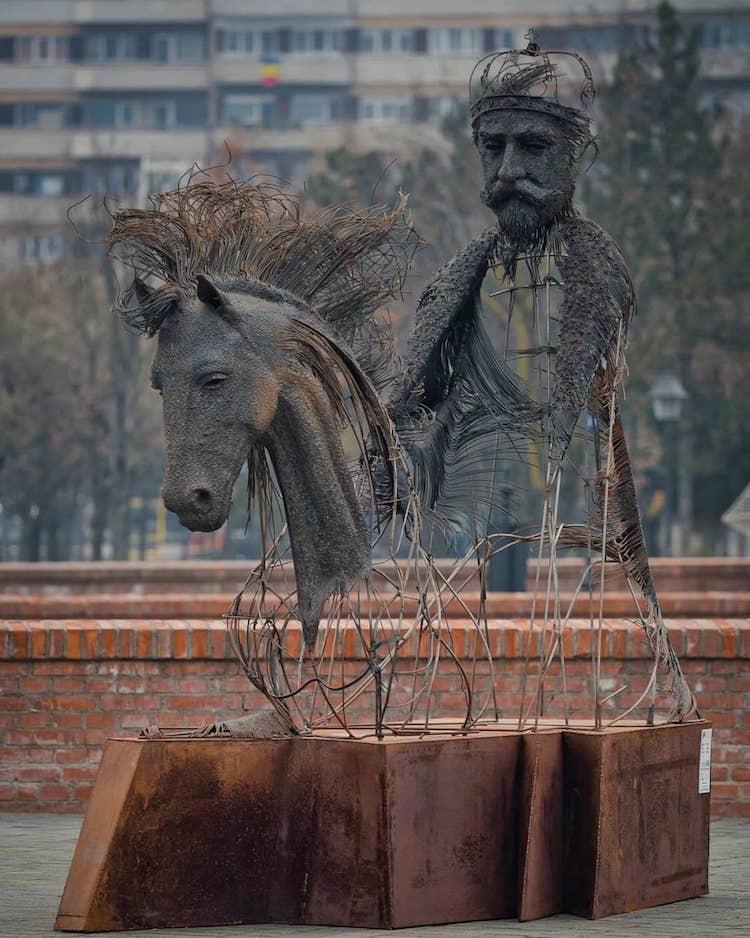
Ferdinand I. (Photo: Christian Bota)
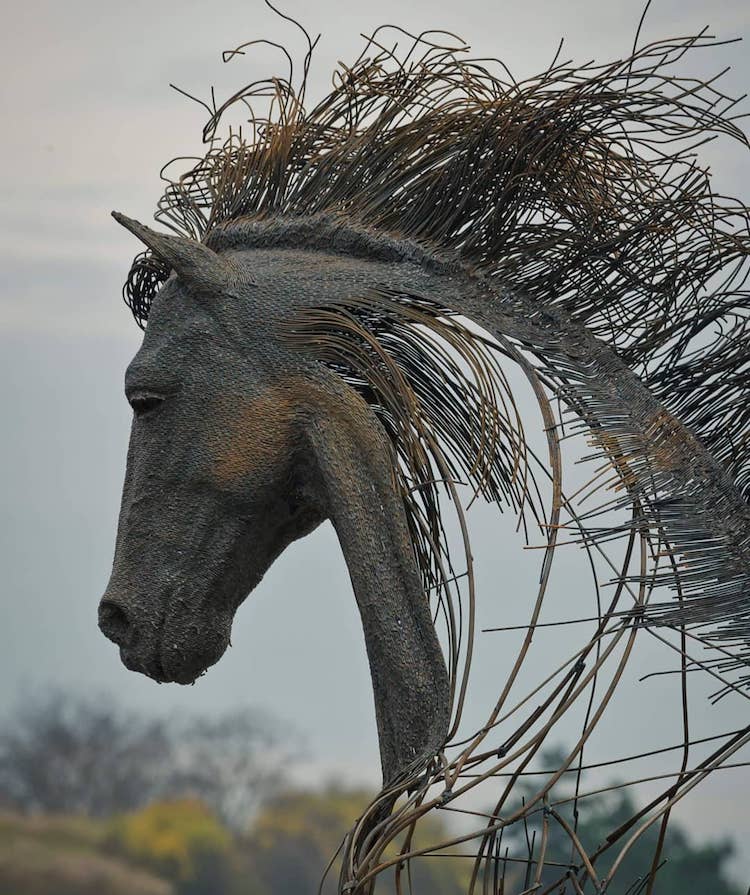
Ferdinand I, detail. (Photo: Christian Bota)
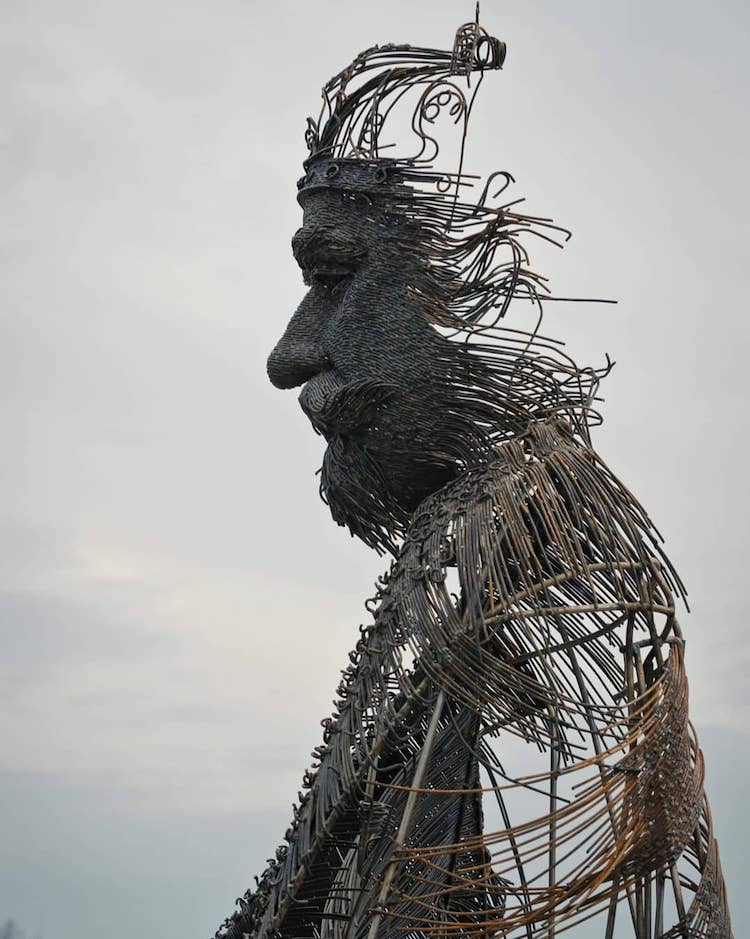
Ferdinand I, detail. (Photo: Christian Bota)
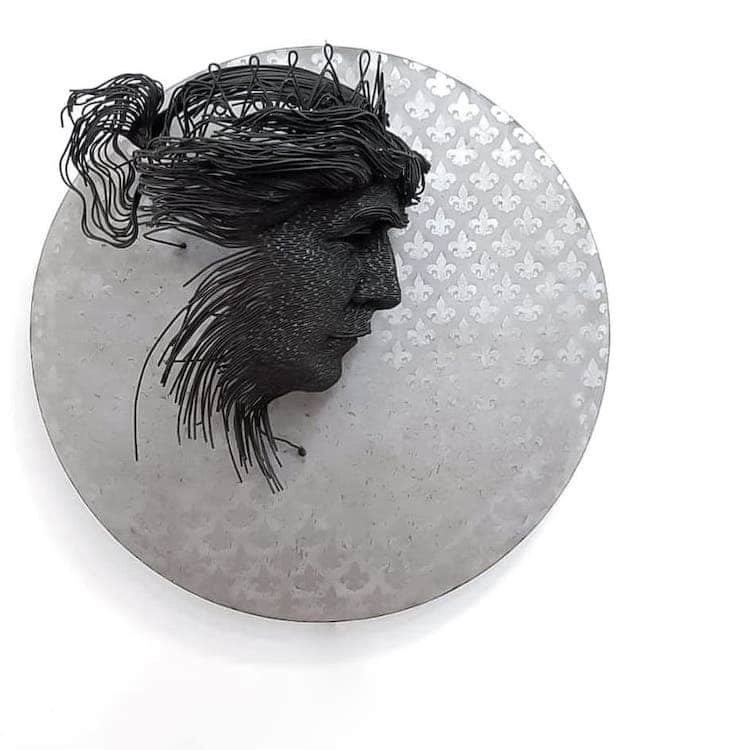
Queen Marie.
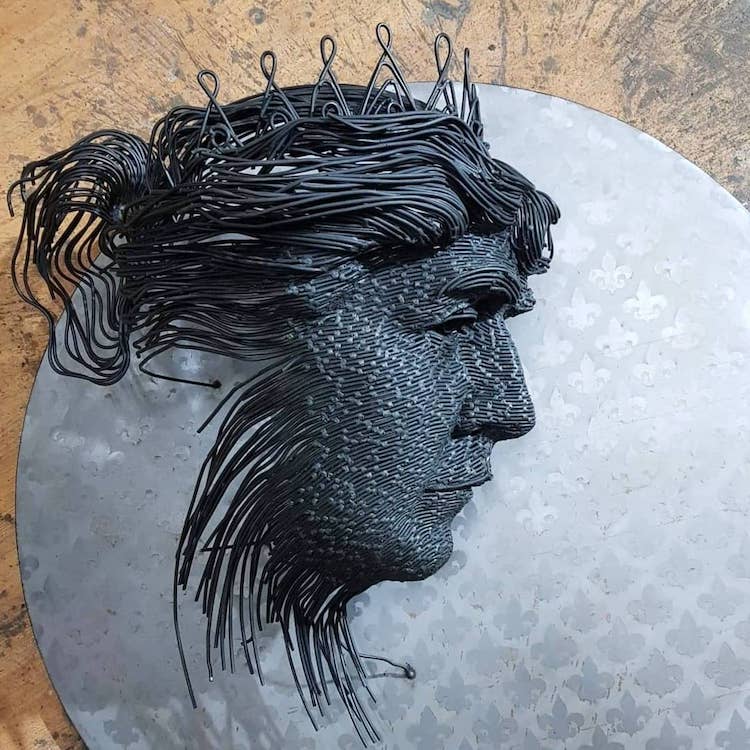
Queen Marie.
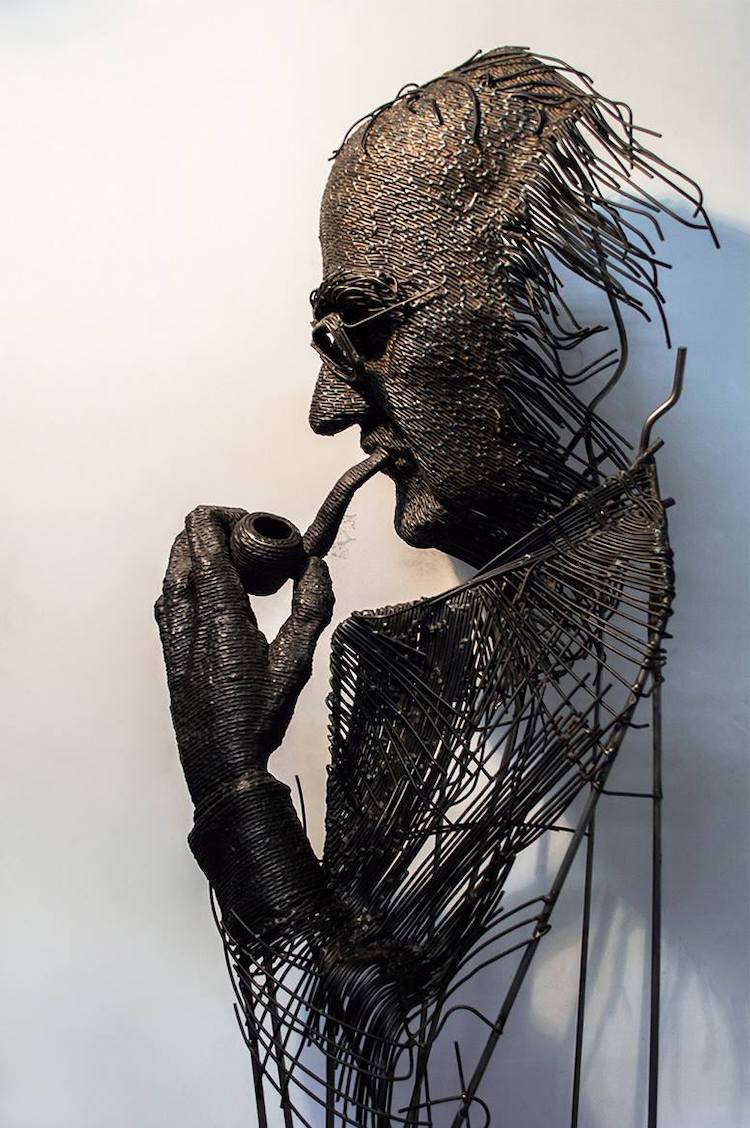
Mircea Eliade, philosopher.
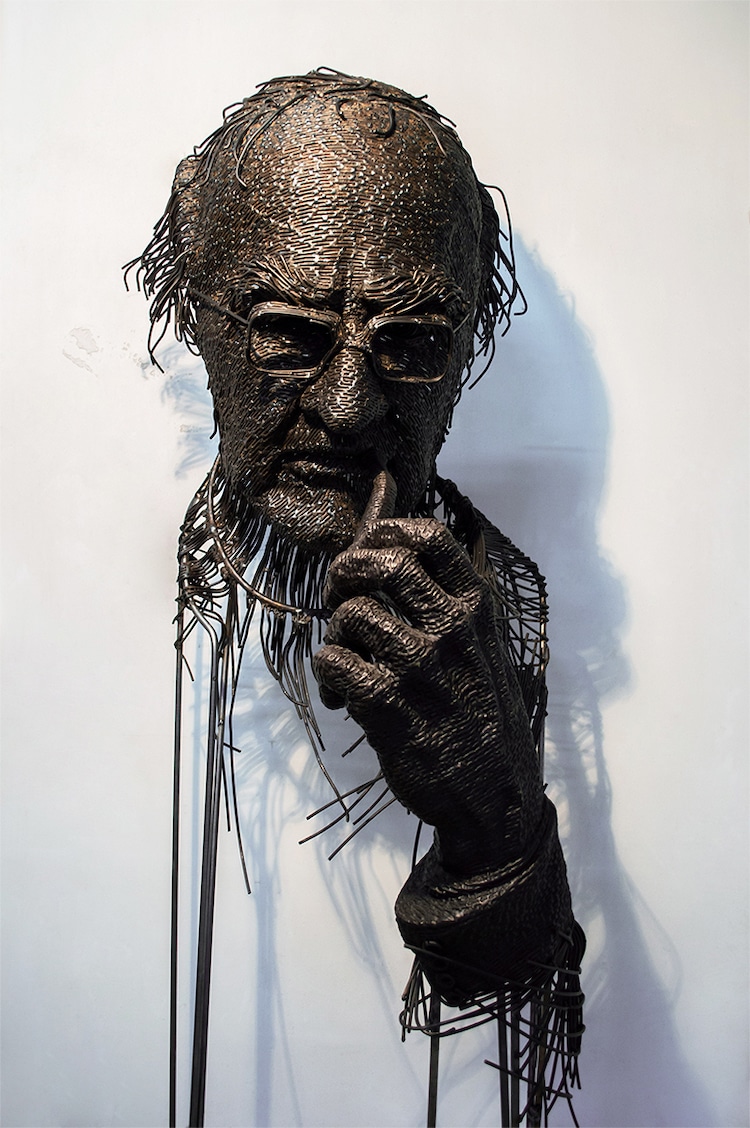
Mircea Eliade, philosopher.
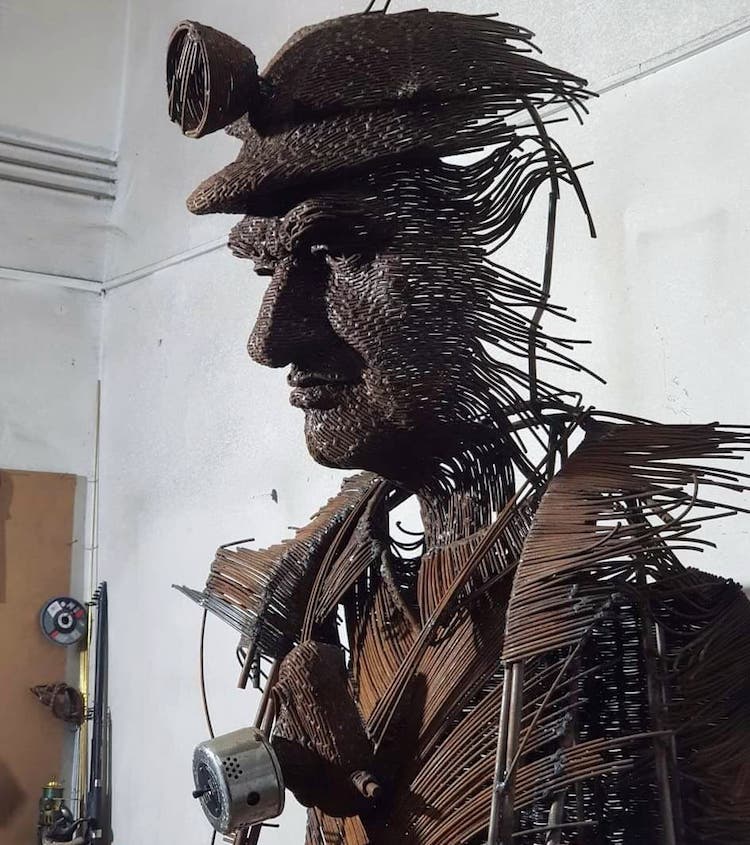
Ion Dezideriu Sîrbu, philosopher.
The Romanian sculptor weaves and solders metal wires to “draw” his figures in three dimensions.
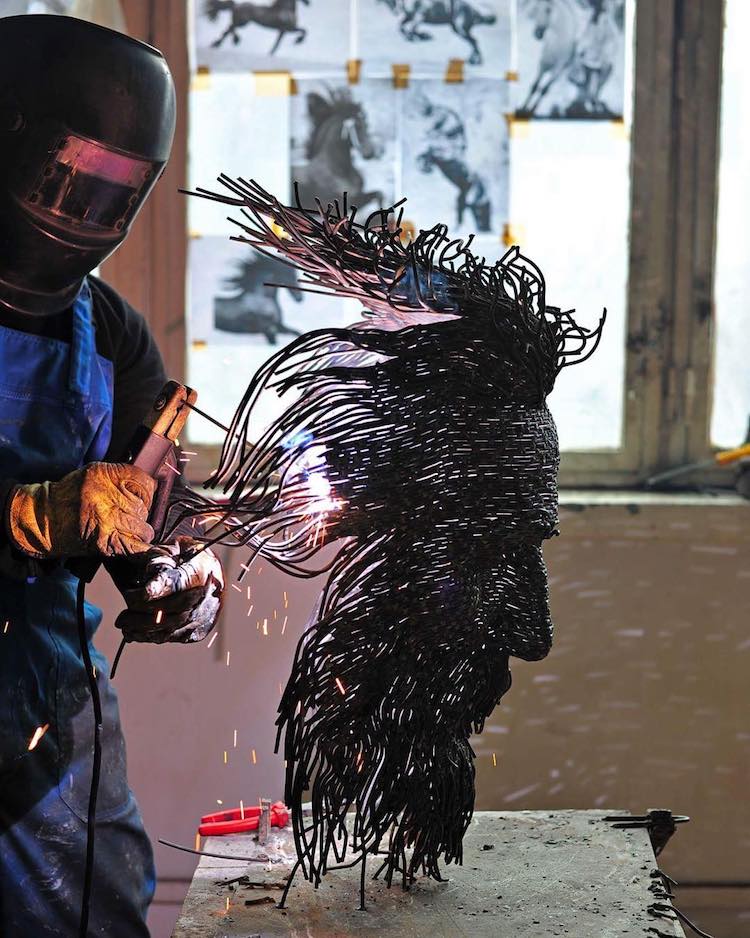
Photo: vlad
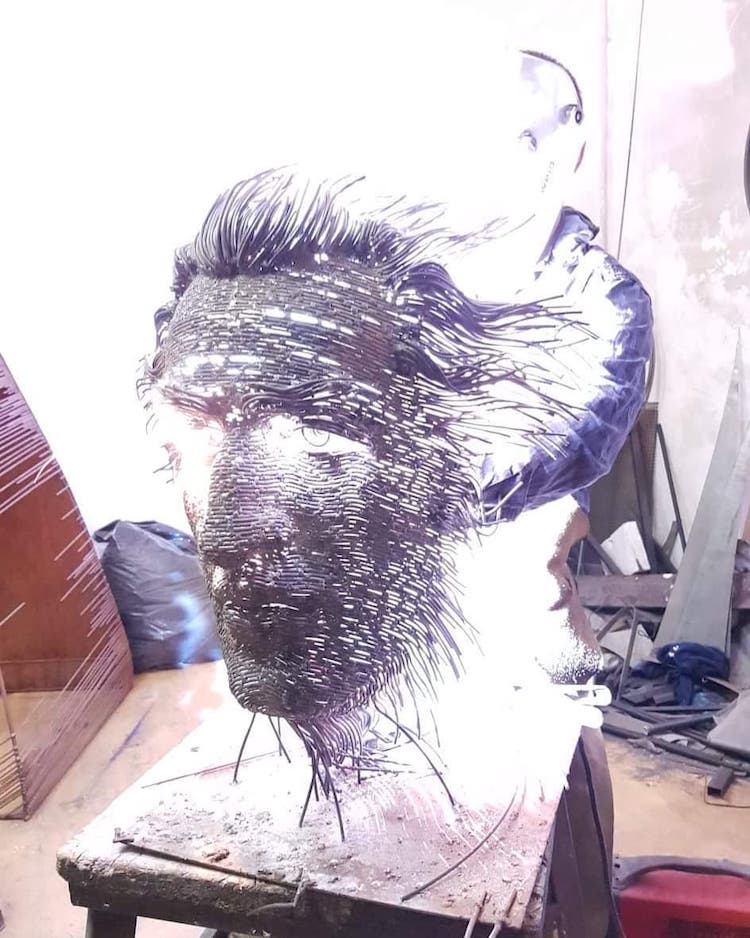
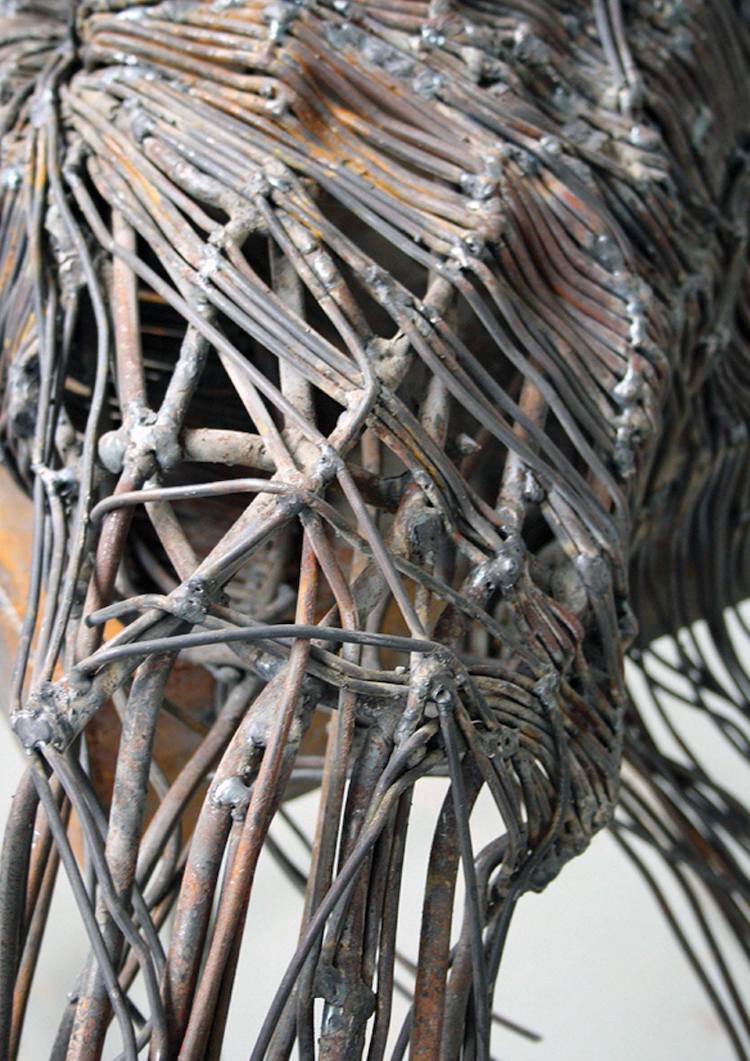
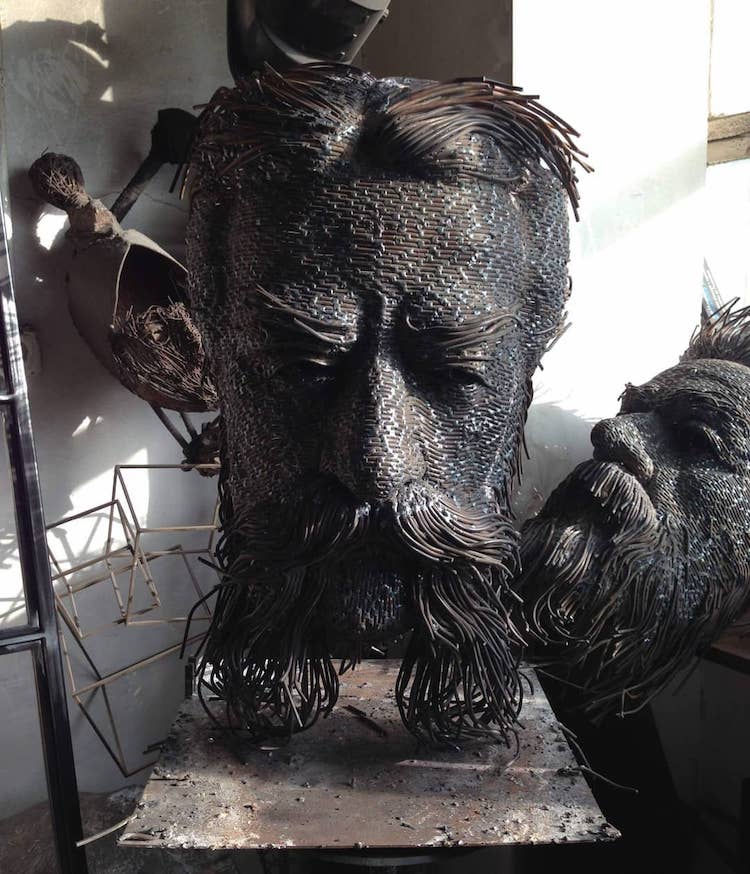
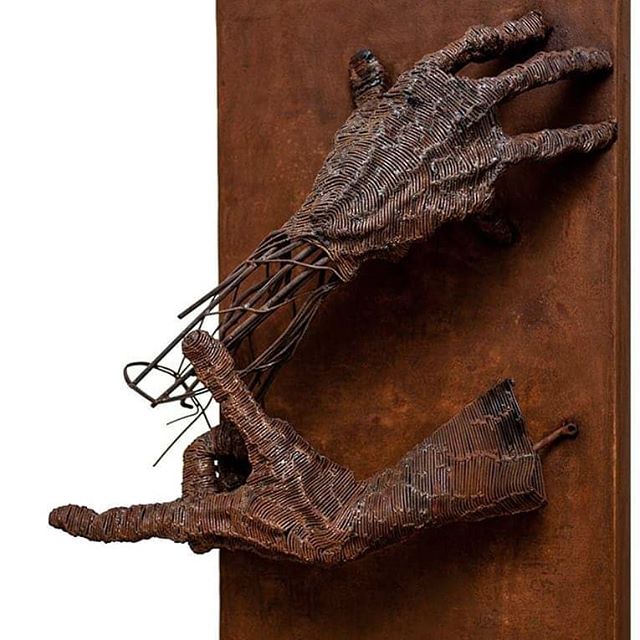
Photo: Mihai Andrei Popa
Darius Hulea: Instagram | Facebook | Behance
My Modern Met granted permission to feature photos by Darius Hulea.
Related Articles:
Fragmented Wire Sculptures Capture the Complexity of Man’s Inner Psyche
Figurative Steel Wire Sculptures Are Metal Masterpieces Merging Nature With Fantasy
Life-Size Sculptures Made of Bicycle Chains Express Powerful Human Emotions
Monumental Sculpture Inspired by Ballerina Celebrates the Strength of Cuban Women











































































